India’s Millets Consumption and Trade Over the Last Three Decades
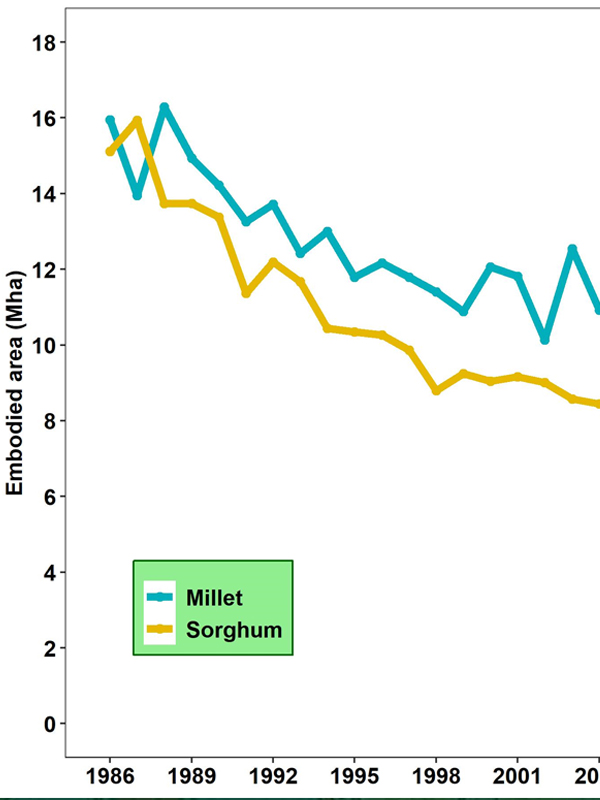
Manan Bhan Ideas for India | October 17, 2023 India has a long history of cultivating and consuming millets. Millet cultivation remains a part of the cultural heritage of many regions, particularly in the semi-arid and sub-humid parts of the country. Ever since the onset of the Green Revolution and the introduction of high-yielding varieties […]
Building Capacities for Recognising CFR Rights in Bastar- a film
ATREE – YouTube
Wayanad is summer home for elephants, says a study
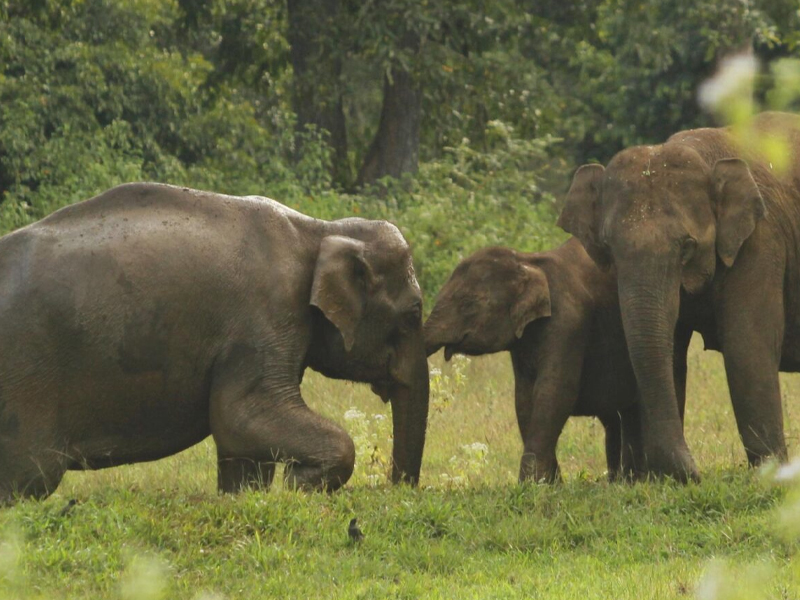
Mongabay
Dogs Outnumber Endangered Vultures in Consuming Carcasses
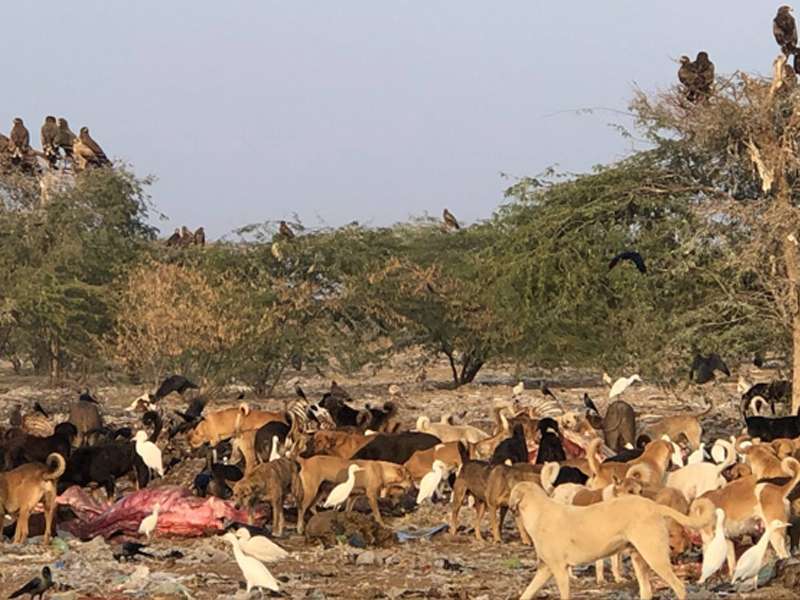
The Sunday Guardian
Scores of Amphibians Have Been Recently Discovered; but They Are the Most Threatened Vertebrate Class in the World

The Hindu
Values and Knowledges in Decision-making on Environmentally Disruptive Infrastructure Projects: Insights From Large Dams and Mines

Sharachchandra Lele, Daniela Del Bene, Duygu Avcı, Tatiana Roa-Avendaño, Brototi Roy, Geetanjoy Sahu, Maureen Harris, Deborah Moore Current Opinion in Environmental Sustainability | Oct 2023 Large infrastructure projects generate irreducible trade-offs between different societal values towards nature. We asked what kinds of values and knowledges are articulated in decision-making around these projects, and specifically how […]
Interwoven Futures
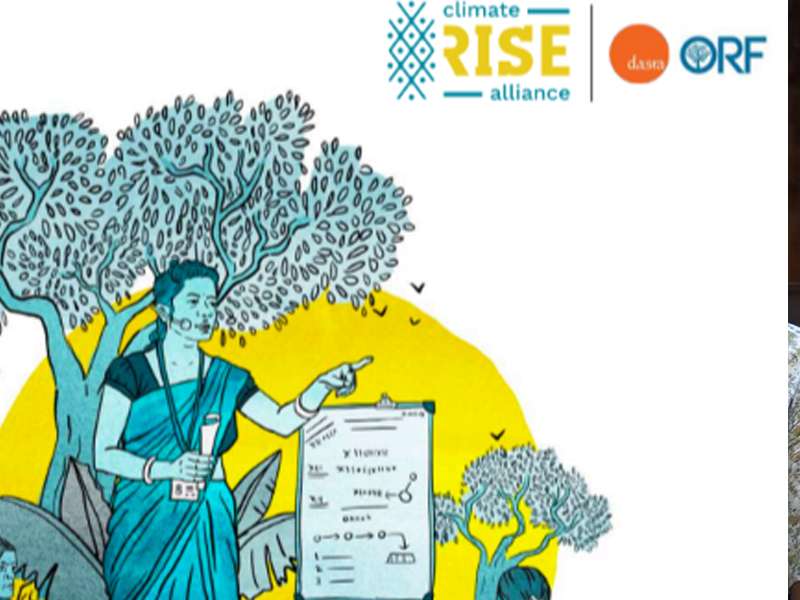
ClimateRISE
Dancing Frogs of Western Ghats Among Most Threatened Amphibians Globally
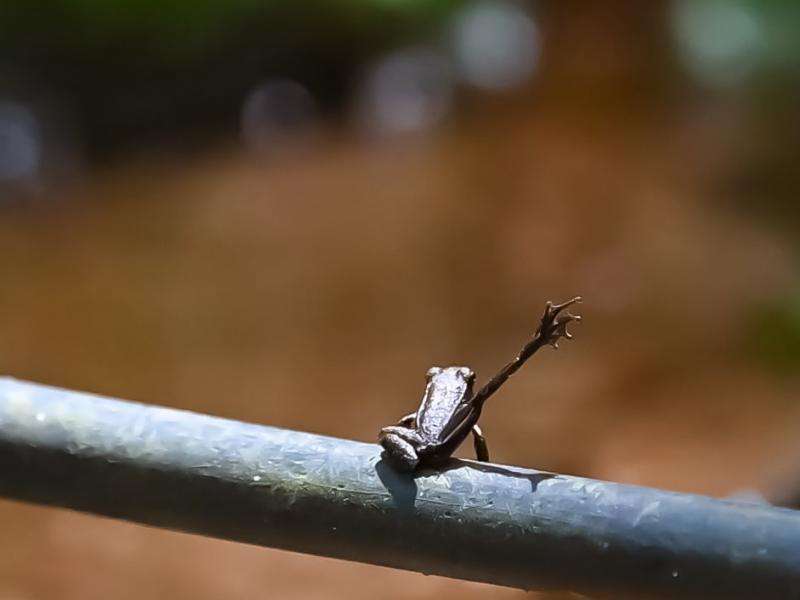
Down To Earth
Green Ties: How the Gond tribe’s deeply-rooted respect for the forest colours their weddings
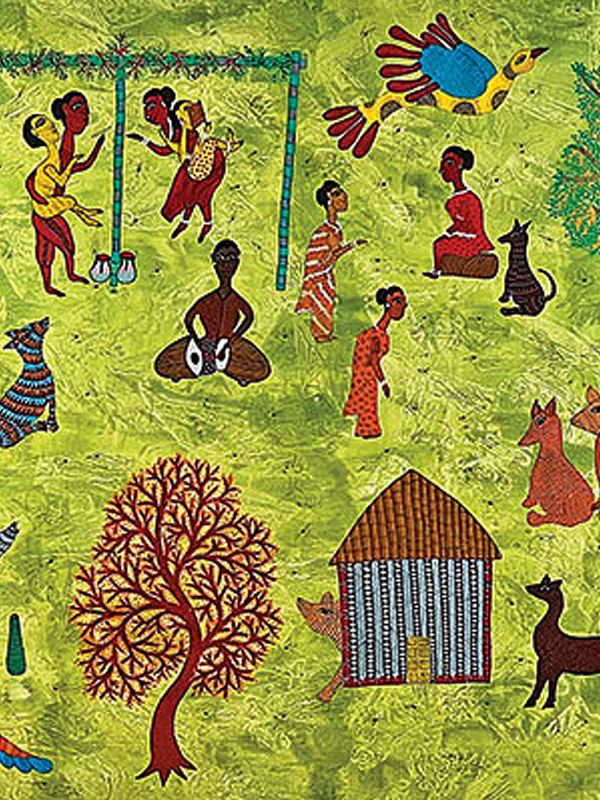
Anirban Roy Outlook Traveller | October 10, 2023 Madawi was rejoicing on a cold January evening in Dhamditola village, Gondia district, Maharashtra, because the dates for his youngest daughter, Kavitha’s June wedding had just been finalised. In the tradition of the Gonds—one of the largest tribal communities in India—festivities begin at least five to six […]
Sacred Swamps: Where Culture Meets Conservation
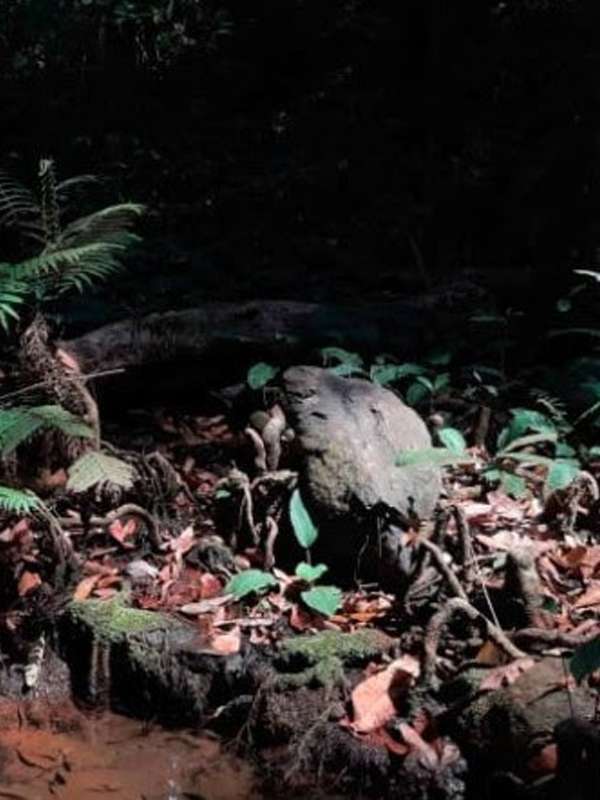
Priya Ranganathan RoundGlass Sustain | October 9, 2023 The history of sacred swamps links back to the advent of agriculture and the rise of agricultural communities in the Western Ghats nearly 3,000 years ago. Traditionally, hill communities placed high value on the headwaters of watersheds – streams, springs, ponds, perennial wells, or swamps – which […]


